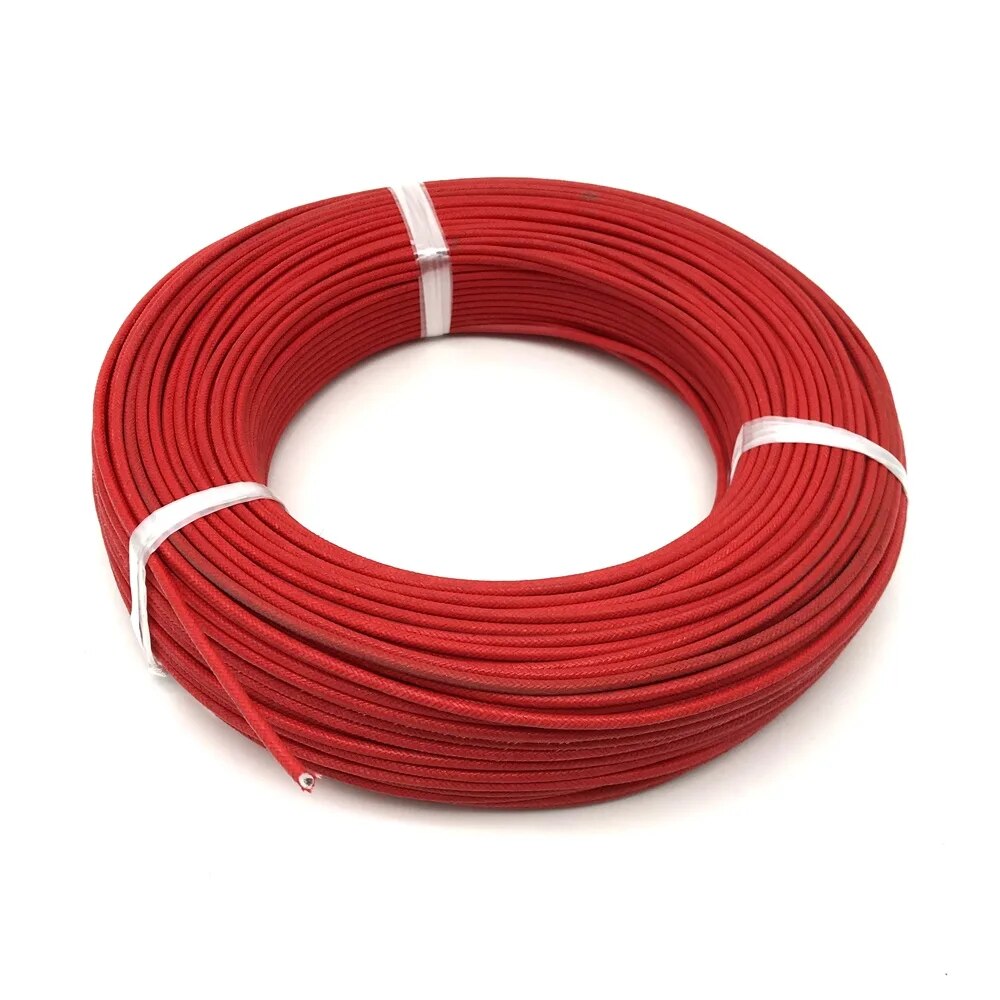In the world of electronics, resistors are the unsung heroes that maintain the balance and harmony of electrical circuits. Among these, the 100 ohm resistor stands as a versatile component, used in a myriad of applications. This article aims to delve into the specifics of a 100 ohm resistor, its purpose, and its various uses in different sectors.
A 100 ohm resistor, as the name suggests, offers a resistance of 100 ohms. It is a passive two-terminal electrical component that implements electrical resistance as a circuit element. The primary function of a resistor is to reduce current flow and lower voltage levels within circuits. In the case of a 100 ohm resistor, it provides just the right amount of resistance for a wide range of applications, making it a popular choice among electronic engineers and hobbyists alike.
One of the most common uses of a 100 ohm resistor is in voltage division. Voltage dividers are used in a variety of applications, including adjustable power supplies, audio volume controls, and measurement devices. A 100 ohm resistor can be used in a voltage divider circuit to create a desired voltage level, which can then be used to power or control other components or circuits.
In the realm of telecommunications, 100 ohm resistors are often used in twisted pair cables, such as Ethernet cables. These resistors help to match the impedance of the cable and the device it is connected to, reducing signal reflection and ensuring smooth data transmission.
In the field of audio engineering, 100 ohm resistors are used in the design of loudspeakers and audio amplifiers. They are used to match the impedance between the amplifier and the speaker, ensuring optimal sound quality and preventing damage to the amplifier.
In digital electronics, 100 ohm resistors are used as pull-up or pull-down resistors. These resistors are used to ensure that a wire is pulled to a high or low logical level, so that it doesn't float in case of disconnection or when the connected device is in high-impedance (Hi-Z) state.
In the world of power electronics, 100 ohm resistors are used in snubber circuits. These circuits are designed to suppress voltage transients in electrical systems, protecting the system from potential damage.
In the field of instrumentation, 100 ohm resistors are used in the construction of Wheatstone bridges, a device used to measure unknown electrical resistance values.
In conclusion, the 100 ohm resistor is a versatile component with a wide range of applications. Its ability to provide just the right amount of resistance makes it an essential tool in the hands of electronic engineers and hobbyists. Whether it's controlling voltage, ensuring smooth data transmission, optimizing sound quality, or protecting electrical systems, the 100 ohm resistor proves its worth in every application.

